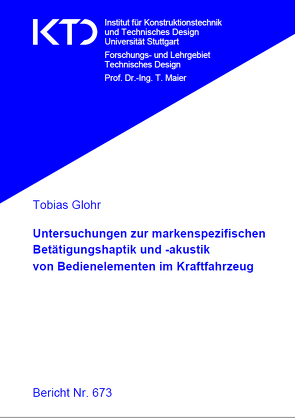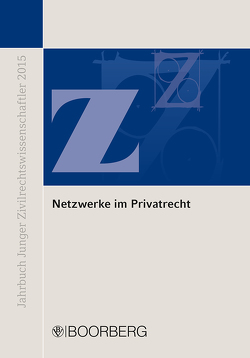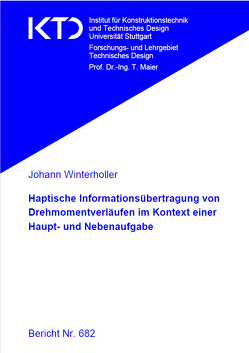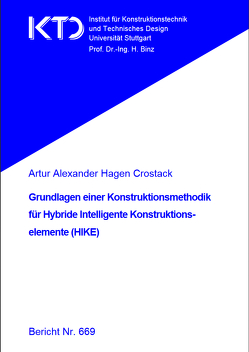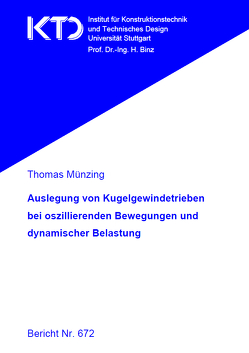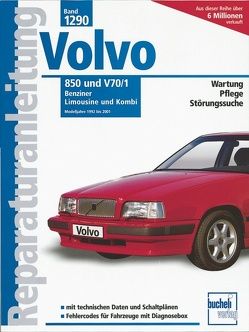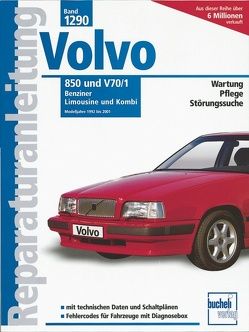Untersuchungen zur markenspezifischen Betätigungshaptik und -akustik von Bedienelementen im Kraftfahrzeug
Tobias Glohr
The automobile’s primary purpose of transportation is currently being expanded to the role of a mobile living environment. Therefore, the intention of the car’s interior design is to represent emotion, comfort, safety and functionality [SCHLOTT04, S. 70]. In addition, the interior can transmit brand identity and serve as a distinguishing factor between automobile manufactures [SCHLOTT04, S. 70], [DRESSLER17].
Due to the digitalization and automation of vehicles, the interaction between the driver and the vehicle interior may become more important. A focus within the area of human machine interaction is the development of controls [GLOHR ET AL.17A, S. 1]. In the con-text of the development of control devices, besides optical features, haptics and acoustics are two essential modalities. Therefore haptics and acoustics have to be considered and synchronized (s. Figure 1). Especially in providing a clear feedback and aiming at a high perceived quality, haptics and acoustics of controls are gaining in importance.
With respect to the mentioned brand differentiation through the vehicle interior, the following research question arises: Do haptics and acoustics offer an approach to distinguish controls between automobile brands in other characteristics than perceived quality? If so, controls might be able to emphasize brand identity in a vehicle interior. To be able to take this step, it is fundamental to quantify the subjective and individual perception of controls, which has not been state of the art so far (Chapter 3.5).
Therefore, two main objectives are defined in the context of this thesis. The first is to design and develop an evaluation tool in the form of a questionnaire that allows a quan-tification of perception. The second objective is the application of this questionnaire in the examination of the research question concerning the brand differentiation approach. In this context, the influence of brands on the description and assessment of controls is investigated. Due to the international sales of cars, intercultural differences in the haptic and acoustic perception and assessment of controls have to be considered. Finally, the thesis examines the possibility of procuring brand values through technical parameters in haptics and acoustics, too.
In the following the contents of the mentioned examinations are briefly described.
The design and design process of the questionnaire (Chapter 4) is divided into four parts (s. Figure 2).
First, items describing the haptic and acoustic features of controls are collected. The overall collection of items results from the Thinking Aloud Test, Repertory Grid Tech-nique and literature research. Due to a large number of items for translational (274 items) and rotatory (268 items) controls, the collection is reduced in an expert evalua-tion. For this purpose, a qualitative content analysis, including a three-step category system is realized. This reduction is the basis for a subsequent experimental evaluation with 194 subjects using three rotatory and translational vehicle interior controls. The objective of this evaluation is to identify relevant items in form of adjectives, to describe the haptic and acoustic perception of controls. Based on this data, a factor analysis identifies five brand factors with three adjectives for translational controls in each factor. The analysis also identifies six brand factors with three adjectives for rotatory controls in each factor. Thus, the two developed questionnaires include 18 adjectives for rotatory controls and 15 adjectives for translational controls to describe the haptics and acous-tics. This systematic process of well-designed questionnaire development also includes the empirical consideration of the criterias objectivity, reliability and validity.
The reliable and valid questionnaires are the basis for the examinations in Chapter 5 and the derivation of brand-specific design recommendations concerning the haptics and acoustics of controls in Chapter 6 (s. Figure 3).
In Chapter 5.1 the influence of the brand preferences on the description and assess-ment of controls is tested. In this case, push buttons of eight different automobile brands are selected and tested by two separated samples. The first sample is familiar with the brand of the presented push buttons, whereas the brand of the controls remained unknown for the second sample. The results show that brand preferences have no influence on the acoustic description and assessment of controls. Furthermore, the results indicate that the descriptions of acoustics and haptics of controls do not depend on user expectations of a brand.
In regard to the worldwide sales of cars, the influence of culture on the description and assessment of controls is examined in Chapter 5.2. Because China is one of the most important auto markets in the world, differences between the population of China and Germany are examined. The results indicate differences in the haptic and acoustic description and thus, in the perception of controls. The examination of the assessment of translational controls shows that there are no significant differences in judging the haptic preferences of controls. However, the results of rotatory controls indicate differ-ences in the haptic preference between both populations.
In Chapter 5.3, relevant haptic and acoustic parameters representing a high perceived quality are identified. The selected parameters for rotatory controls are torque, detent and the acoustics pitch. Relevant parameters regarding translational controls are reac-tion force, force surge, force surge distance and also the acoustics pitch. Considering a systematic variation of these parameters, limit values are defined. This definition is the basis for the following examination, which determines whether brand factors can be transmitted through the variation of haptic and acoustic controls. In contrast to the previous studies and aiming at a systematic variation of single parameters, a rotatory and translational simulator is used. The results of the study show that some of the selected parameters are able to provide a differentiation approach. These are for exam-ple torque concerning rotatory controls and the reaction force in regard to translational controls.
Deriving from the results in Chapter 5.3, valuable brand-specific design recommenda-tions for individual haptic and acoustic parameters are given in Chapter 6.
